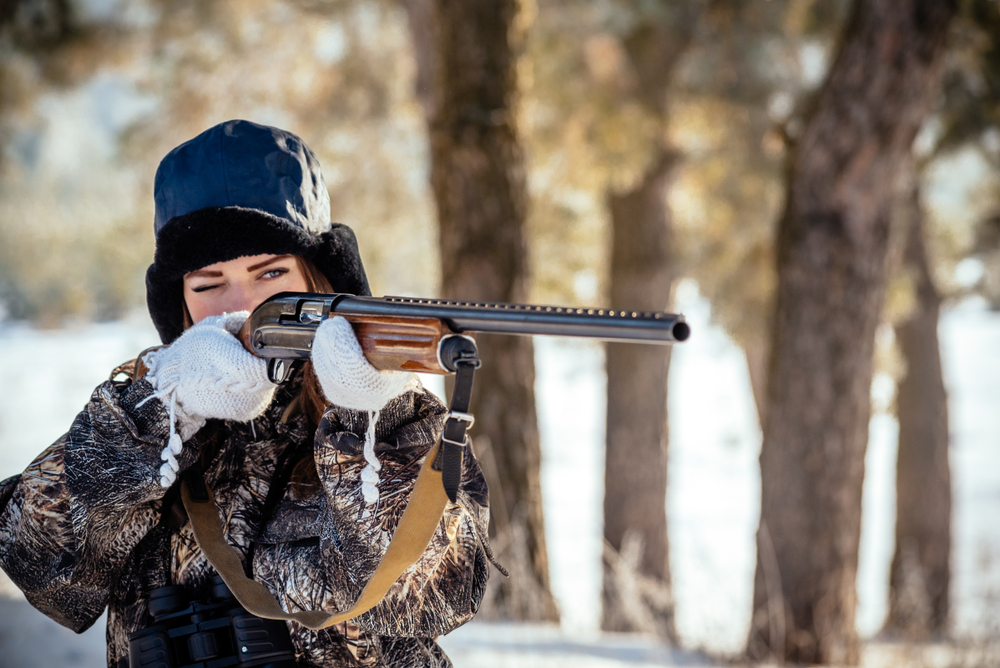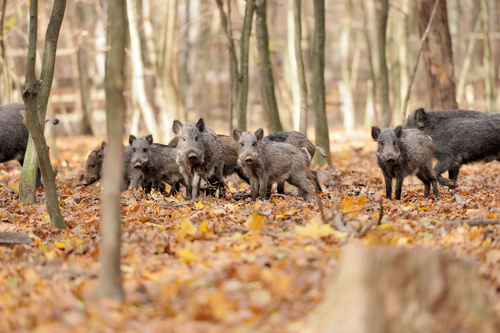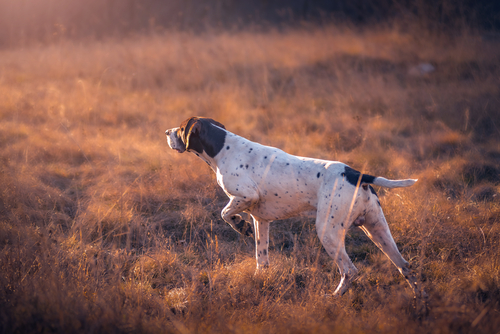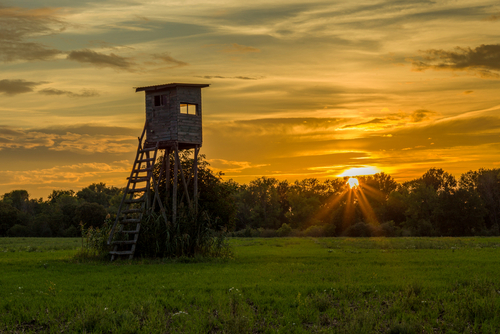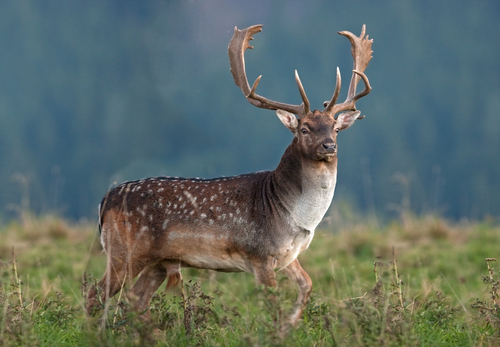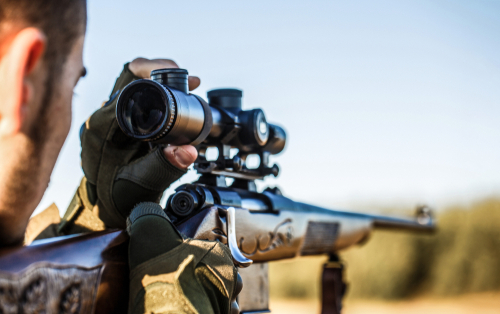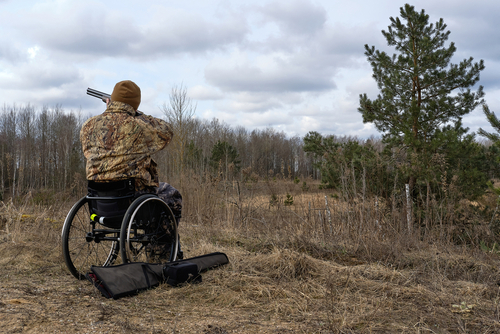New hunters and hobbyists tend to flock to local hunting grounds in the fall, hanging up their equipment sometime in December. As a more serious hunter, you’re looking for opportunities to hunt year-round. Where can you go for North Texas hunting in winter? Nine Bar Ranch has you covered.
What Game Can You Hunt in Winter in North Texas?
It’s easy to assume that hunting is largely off the table in North Texas in winter because we reach the closed season on a lot of species. For example, the ever-popular white-tailed deer is off the table starting in early January and we don’t reach open season again until early November. That said, Nine Bar Ranch is home to a lot of game that has no closed season, meaning they’re available to hunt year round. Examples include:
- Scimitar horned oryx
- Sika deer
- Fallow deer
- Aoudad sheep
- Hog
In fact, this is a great time to bag game you might not always go after, like the exotic Aoudad sheep, and hone otherwise unused skills.
What Are the Benefits of Hunting in Winter?
Novice hunters tend to assume that the winter months are quiet because they’re not ideal for bagging game. The reality is that you may have a more successful hunt when temperatures drop because many species, including hogs and deer, become more active during daylight hours. Their focus is entirely on finding food, which becomes scarcer in January and February, which can also make them a little less vigilant. Reduced vegetation can also improve your sightline, whether you’re posted up in a blind or down on the ground. That said, winter hunting does present unique challenges that will make for a memorable trip.
What Should You Know Before Your Nine Bar Ranch Winter Hunting Trip?
One of the most important things to prepare for when hunting in North Texas in winter is the weather. While we’re rarely going to see extreme low temperatures, it can get chilly, particularly between sundown and sunup. Make sure that you’re packing layers with a focus on keeping your core, feet, and head warm and dry. When you come in from the hunt, you can enjoy spacious lodging and build a roaring fire inside your private quarters or out near our party barn.
To learn more about our North Texas winter hunting packages, contact us today and get your next trip on the books.

